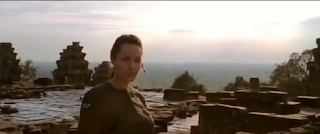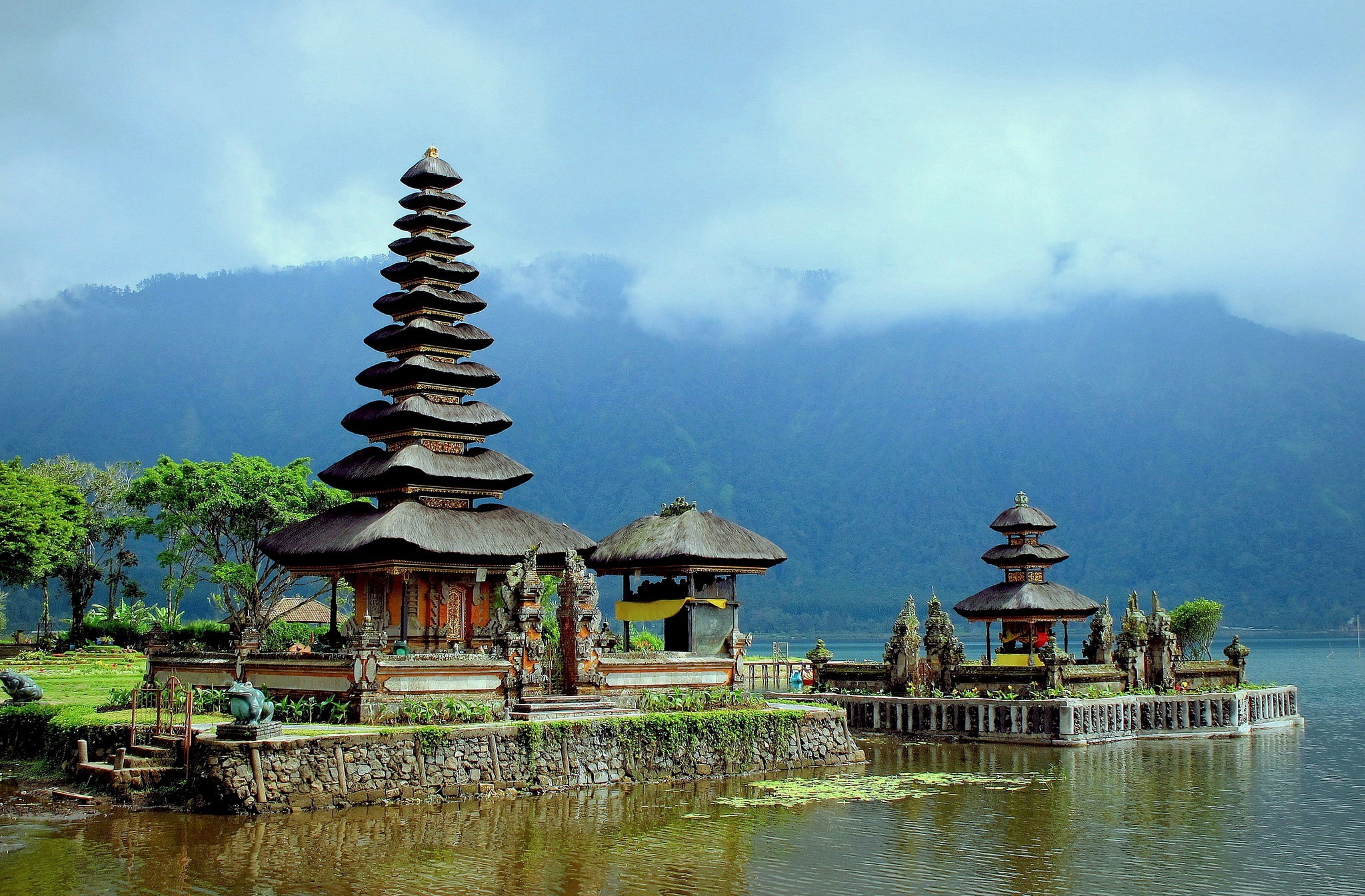Group : Thrones
Name :
- Dea Ayu Rosmaningtyas (11615618)
- Kahfi Reynaldi (13615644)
1. Forks, Washington - Twilight
 |
| pictures in real |
Did you know that Forks, Bella Swan’s hometown, is a real-life city
in Clallam County, Washington? Though there weren’t any scenes filmed in
this small American city, big-time Twilight fanatics can easily
recognize Forks’ landmarks since they echo the locations in Stephenie
Meyer’s novels and films.
 |
| pictures in the movie |
Forks, frankly, is a relatively small and sleepy town with a modest
population of less than 4,500 people. The monumental success of these
films, however, has made it an irresistible destination for Twilight
fans who want to see and experience the beaches, forests and rivers
featured in this series. In fact, Forks, Washington has become so
popular that it sees more out-of-towners than local folks annually.
2. Angkor Wat, Cambodia - Lara Croft : Tomb Raider
 |
| pictures in real |
We all know Angelina Jolie’s
eldest child, Maddox, was adopted in Cambodia. But not too many know
that her reason for adopting from this third world country was because
she had spent a good amount of time in Angkor, Cambodia, filming Lara Croft: Tomb Raider.
And the movie certainly put this war-torn, seemingly far-flung country
on the map. A highlight of the film was shot in Angkor Wat, a beautiful
cluster of temples that is breathtaking to behold especially at sunrise.
Because of the movie, Cambodia has gone from being isolated to becoming
one of the most sought-after tourist destinations in Asia.
 |
| pictures in the movies |
3. Alnwick Castle, Northumberland, North East England, UK - Harry Potter films
 |
| pictures in real |
With a little computer graphics and amazing cinematography, Alnwick
Castle was transformed into Hogwarts, the famous wizardry school from
the Harry Potter films. Located at Northumberland, the original
structure was built in 1096 and has since been receiving 800,000
visitors a year, thanks to Harry Potter. Both the castle’s interior and
exterior serve as Hogwarts and it’s the epitome of what English castles
truly looked like back in the day.
 |
| pictures in the movies |
the source's link :
- https://trekeffect.com/travel-blog/12-fabulous-destinations-made-popular-by-films
- http://www.therichest.com/expensive-lifestyle/entertainment/10-places-made-famous-by-movies-and-tv-shows/














